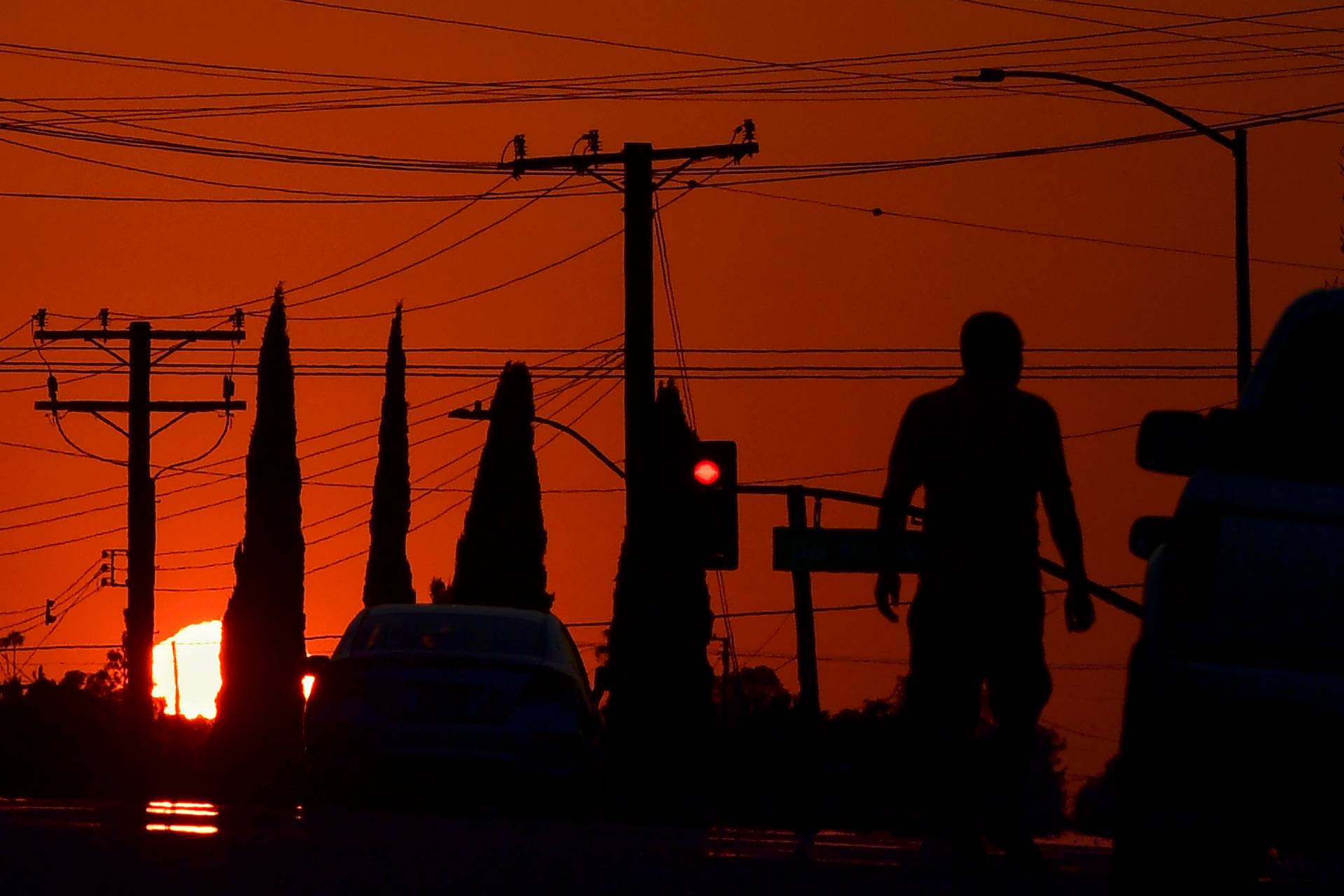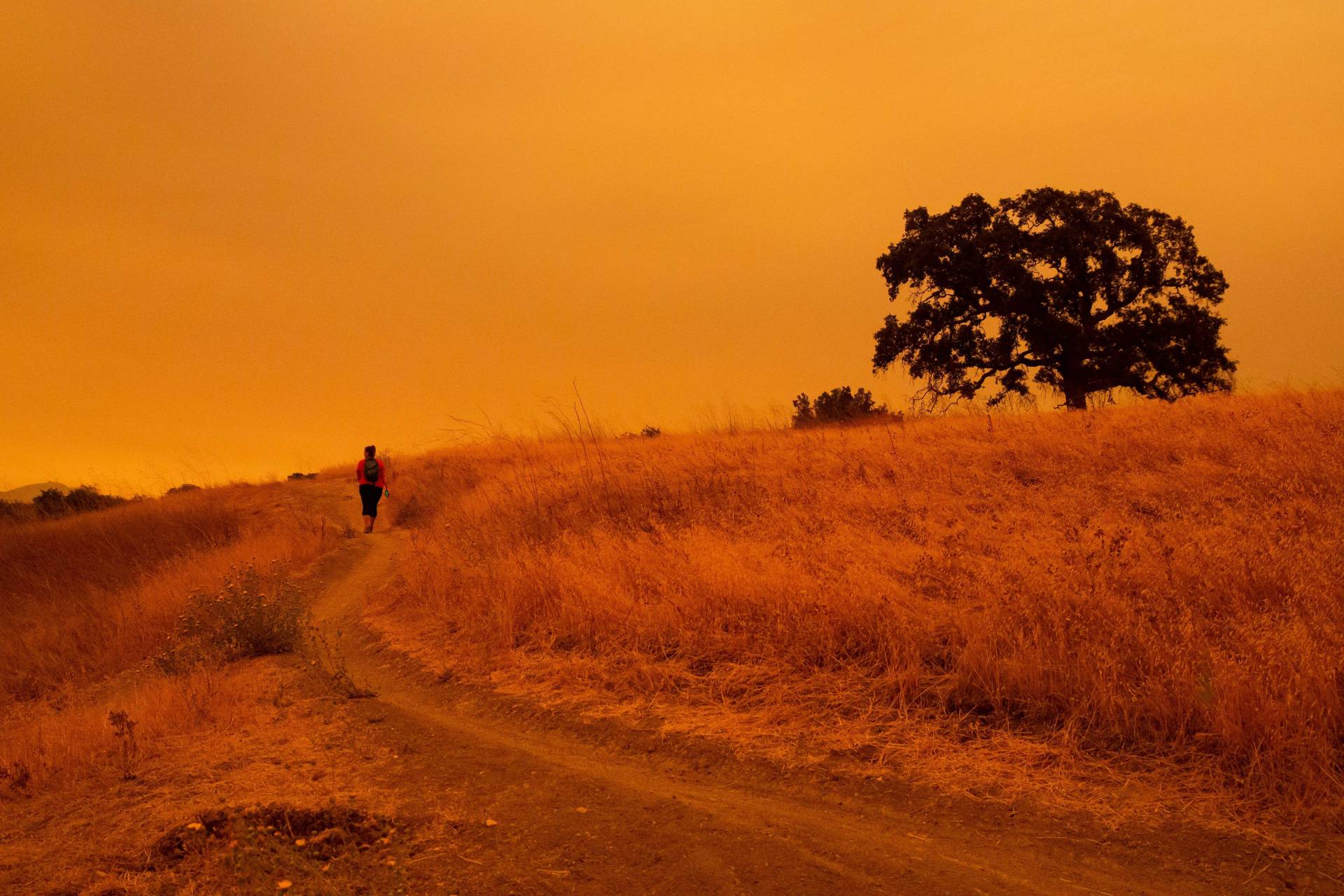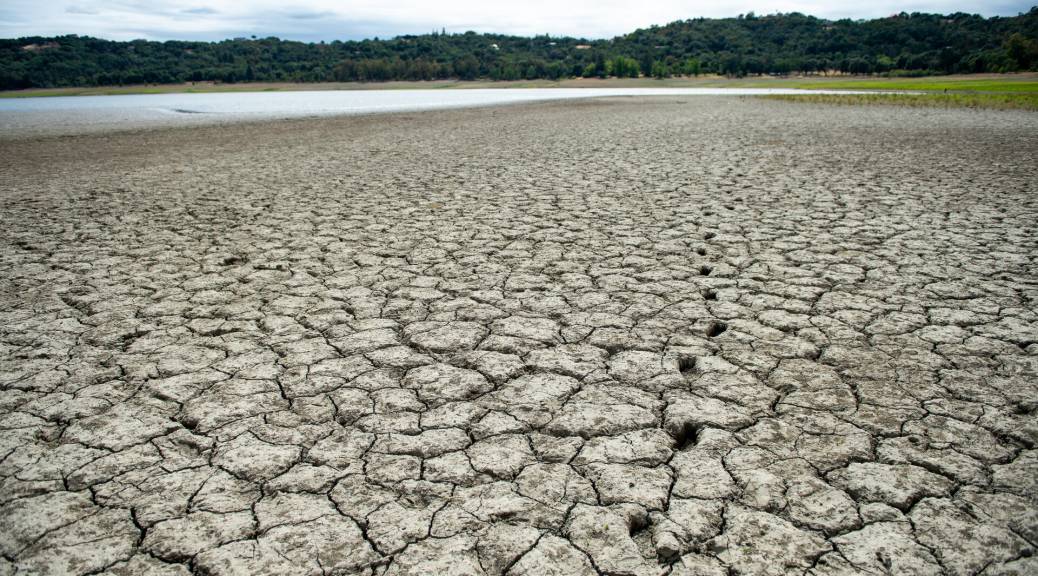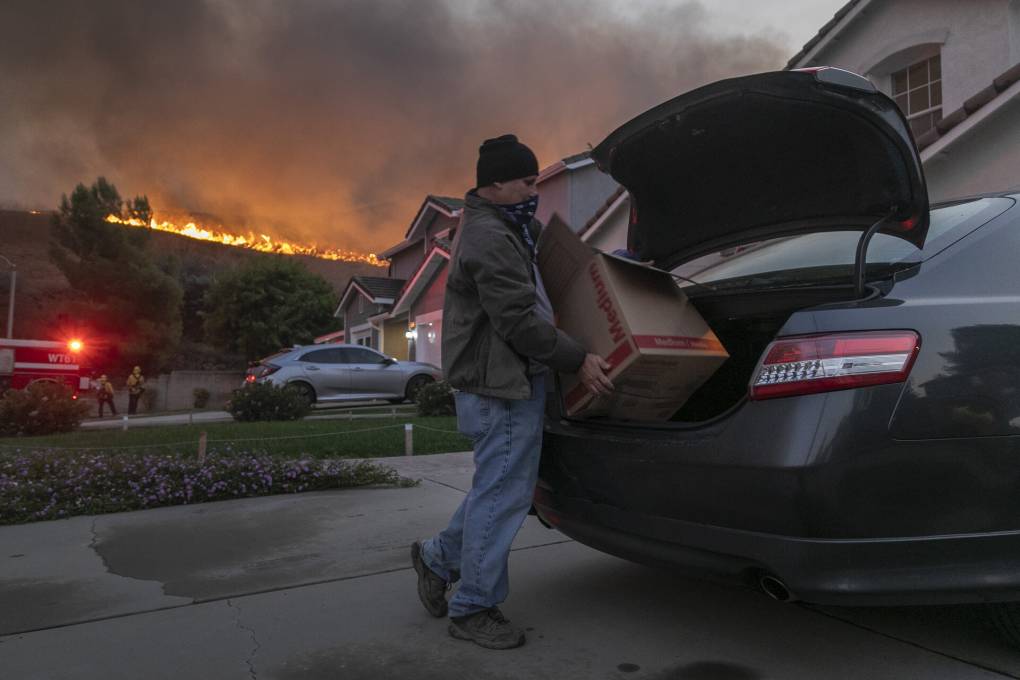Eight days ago, it rained over the western Pacific Ocean near Japan. There was nothing especially remarkable about this rain event, yet it made big waves twice.
First, it disturbed the atmosphere in just the right way to set off an undulation in the jet stream — a river of very strong winds in the upper atmosphere — that atmospheric scientists call a Rossby wave (or a planetary wave). Then the wave was guided eastward by the jet stream towards North America.
Along the way the wave amplified, until it broke just like an ocean wave does when it approaches the shore. When the wave broke it created a region of high pressure that remained stationary over the North American northwest for more than a week.
This is where our innocuous rain event made waves again: The locked region of high pressure air set off one of the most extraordinary heat waves we have ever seen, smashing temperature records in the Pacific Northwest of the United States and in Western Canada as far north as the Arctic. Lytton in British Columbia hit 49.6℃ this week before suffering a devastating wildfire.




